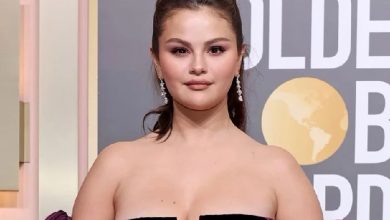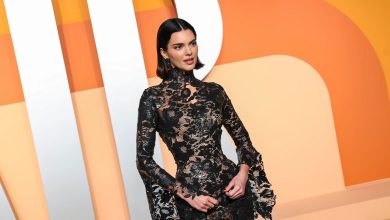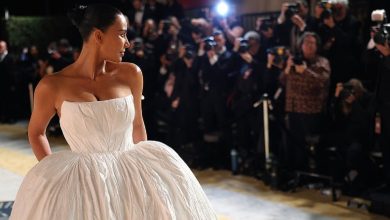Angelina Jolie Shines In Her Most Notable Role As Maria
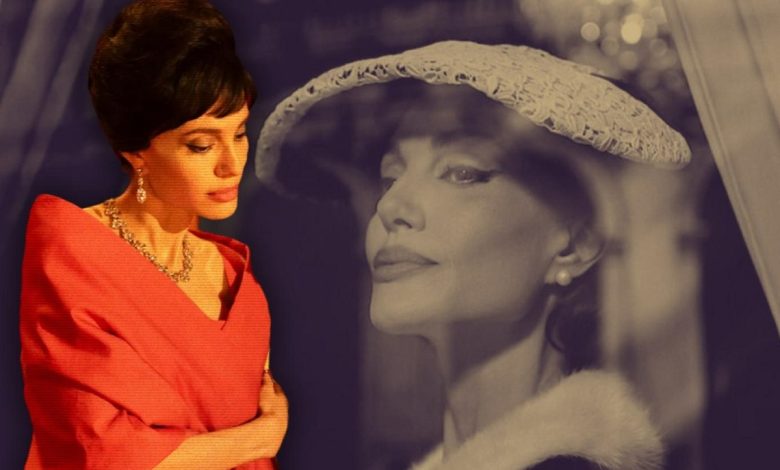
Angelina Jolie: Pablo Larraín, the Chilean director, concludes his thematic trilogy on the lives of famous 20th-century women with this subdued drama.
In Maria, sorrow takes on a different flavor. It’s deeper and less bitter. This film wraps up Pablo Larraín’s thematic trilogy on feminine fears—a portrait of shattered dreams of women who graced the grandest stages of the 20th century.
The horrifying climax of Jackie depicted President Kennedy’s blood splattered on his wife’s light pink suit, worn by Natalie Portman. Spencer showcased Kristen Stewart’s portrayal of Diana struggling with nausea and the stench of the inescapable duty overwhelming her in the Sanderling estate’s halls.
Angelina Jolie, Here, violence and possession give way to the haunted. Maria is a gentler, more restrained film—perhaps less striking at first glance but still deeply emotional. It focuses on the final days of Maria Callas, the “La Divina” of opera, played by Angelina Jolie. With her stunning beauty and commanding stage presence, she could direct her emotions like an army, with a voice that seemed to rise from the depths of the earth.
Her professional life was relatively short-lived. In the 1950s, she was one of the most admired women in the world, a central figure in reviving the 19th-century bel canto operas of Bellini, Donizetti, and Rossini, a style that was then considered overly artificial and romantic by intellectuals. However, by the end of that decade, she had suddenly entered a semi-retirement period.
Angelina Jolie In Maria 2024
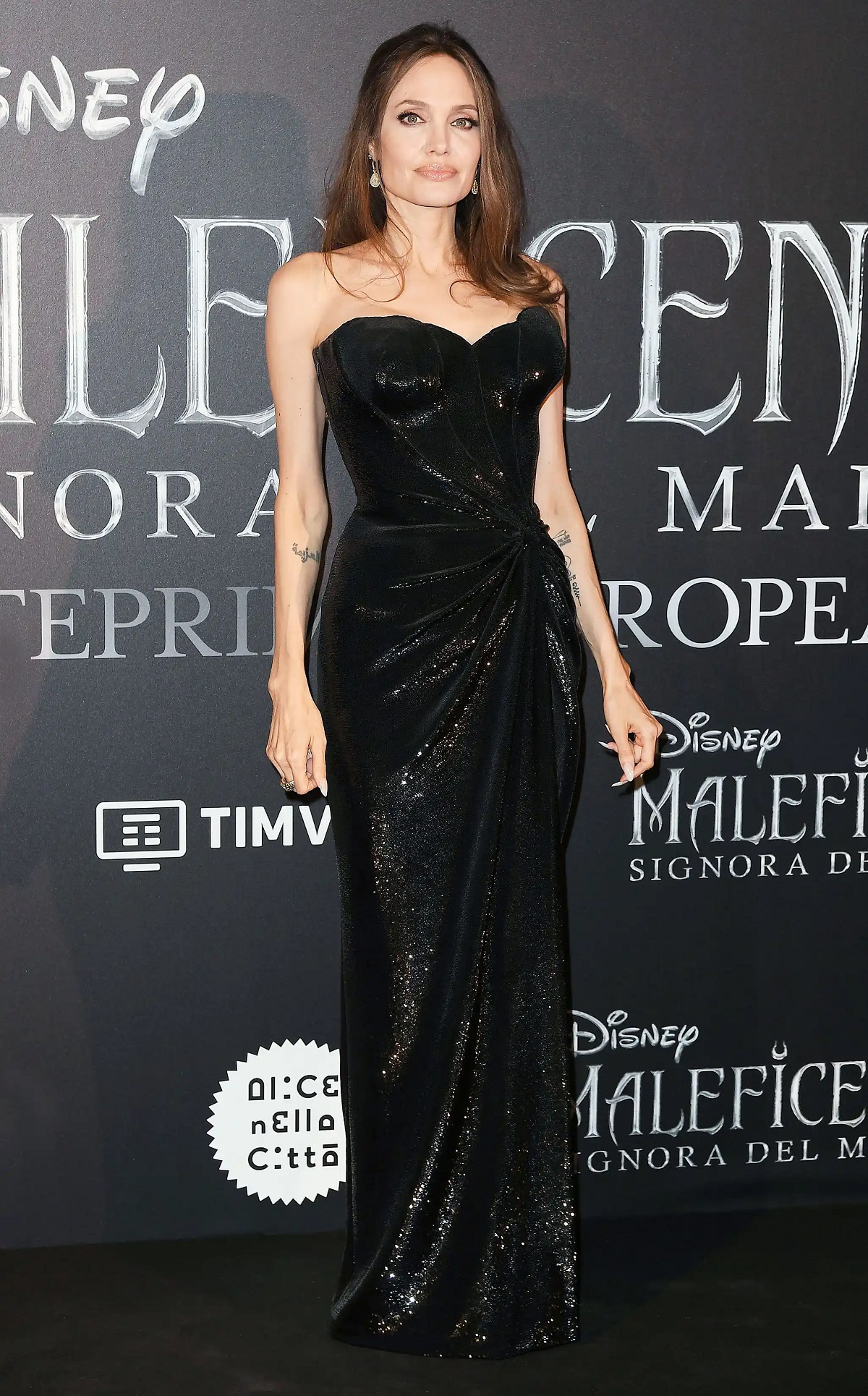
Angelina Jolie, Her voice was irreparably damaged. She passed away in 1977, with public interest likely more focused on her ill-fated romance with Aristotle Onassis—a wealthy shipping magnate who instead married Jackie Kennedy—than on the legacy of her artistic talent.
While Jackie and Spencer confronted their characters with misfortune, Maria lingers in the void left by such misfortune. The film dwells in the space after Onassis—selfish and arrogant yet confident (played by Haluk Bilginer)—and Callas’ mother, who planted a lifetime of self-loathing and insecurity in her daughter.
Angelina Jolie, Yet Callas is frequently portrayed as a woman whose man abandoned her and who deteriorated in solitude. Larraín rejects this premise, focusing instead on the relationship with oneself, as Callas struggles to reclaim her narrative—not for the outside world but for her own peace.
Larraín employs a framework that may be considered controversial: a delusional TV interviewer named Mandrake (played by Kodi Smit-McPhee), derived from the pills Callas became addicted to, and whose questions are meant to prepare Callas for writing her memoir, which she never actually writes.
Angelina Jolie, It’s somewhat strange, reminiscent of Diana’s encounter with Anne Boleyn’s ghost in Spencer. Nevertheless, Larraín has a way of making what seems absurd on paper appear poignant and sorrowful on screen. Cinematographer Edward Lachman helps dissolve the transition between reality and unreality, color and black and white, into a beautifully haunting and melancholic dream.
While Stewart and Portman undoubtedly poured part of themselves into their roles, Jolie and Callas seem to embody kindred spirits. This kind of synchronicity defines a career, enhanced by one of Jolie’s best performances.
Angelina Jolie, Her work has always been accompanied by a flawless sense of control over body posture and vocal tone—a trait skillfully manipulated when portraying a societal outcast in Girl, Interrupted, and purposefully revealed in the 1998 film Gia, where she played the troubled supermodel Gia Carangi. Callas was also meticulously precise in her portrayal of the despair of Lady Macbeth, Medea, or Cio-Cio-San in Madama Butterfly.

Jolie’s Callas is highlighted by the regal splendor of Massimo Cantini Parini’s enviable costumes, including silk shawls, large gold jewelry, leather gloves, and oversized glasses. Yet her humanity remains strong and fragile, best exemplified in her interactions with the household staff (played by Pierfrancesco Favino and Alba Rohrwacher from Shimmer)—gentle, yet fully aware of the power dynamics among them.
Angelina Jolie, The use of the actress’s singing voice is convincingly integrated, especially in scenes where Callas is not at her peak (but still far beyond an ordinary human), blended with recordings of her original voice played in full splendor. Music remains at the heart of Larraín’s film.
Angelina Jolie, In a poignant moment, Callas meets her sister Yakinti (played by Valeria Golino), who asks her to finally close the tumultuous door of their childhood. Callas confesses, “But this is the only way music comes in.” Maria is a tragedy, not due to one of life’s pitiful events but due to a woman who cannot heal her wounds with her art.
Director: Pablo Larraín
Cast: Angelina Jolie, Valeria Golino, Haluk Bilginer, Alba Rohrwacher, Pierfrancesco Favino, Kodi Smit-McPhee, Alessandro Bersanelli
Duration: 124 minutes
Maria premiered at the Venice Film Festival and is awaiting release in the UK.
Also Read:
Arab Designers 2024: The Radiance Of Arab Designers At The Venice Film Festival
Nicole Kidman: Why Nicole Kidman Has Been Stuck In Clichéd And Repetitive Roles As The “Sad Wife”

